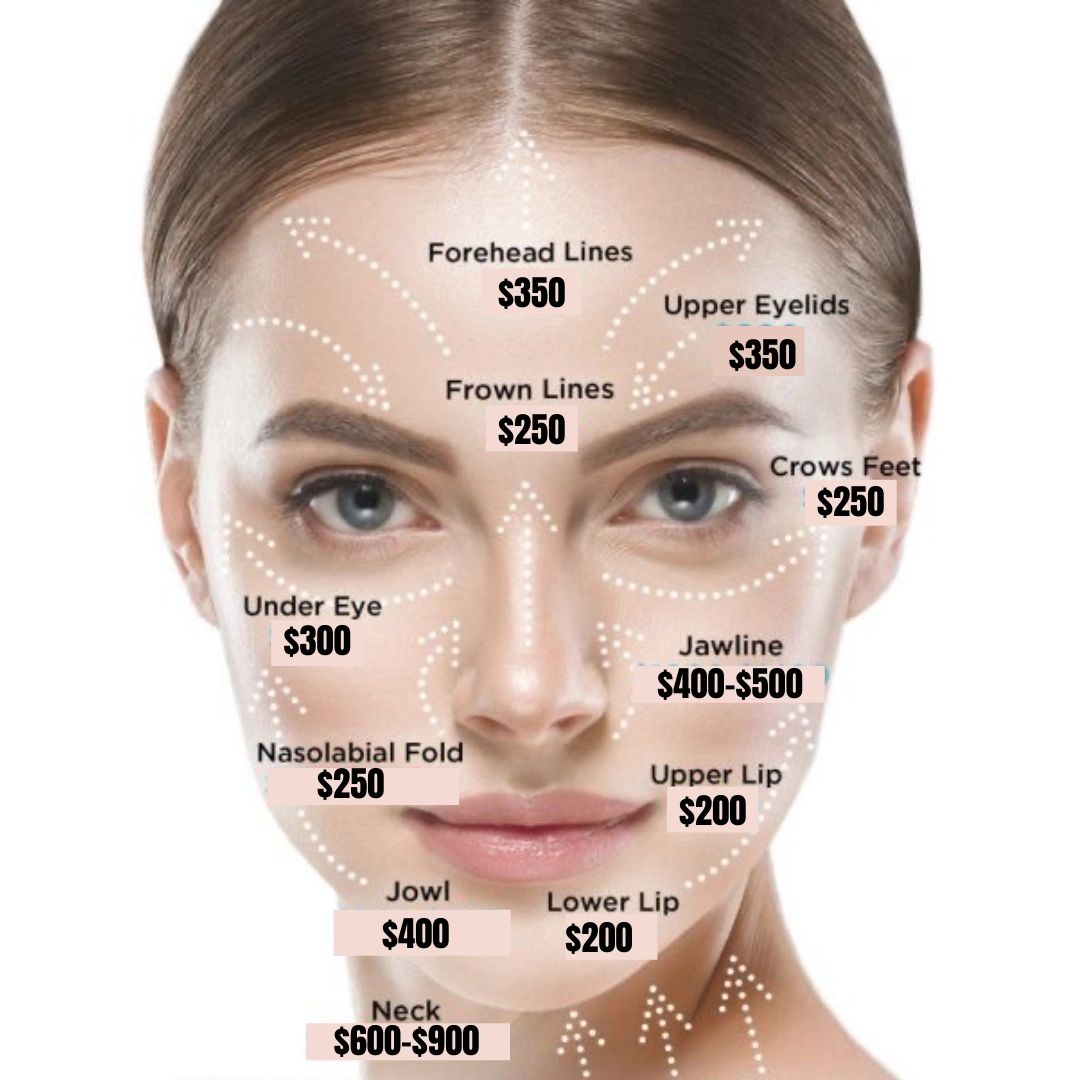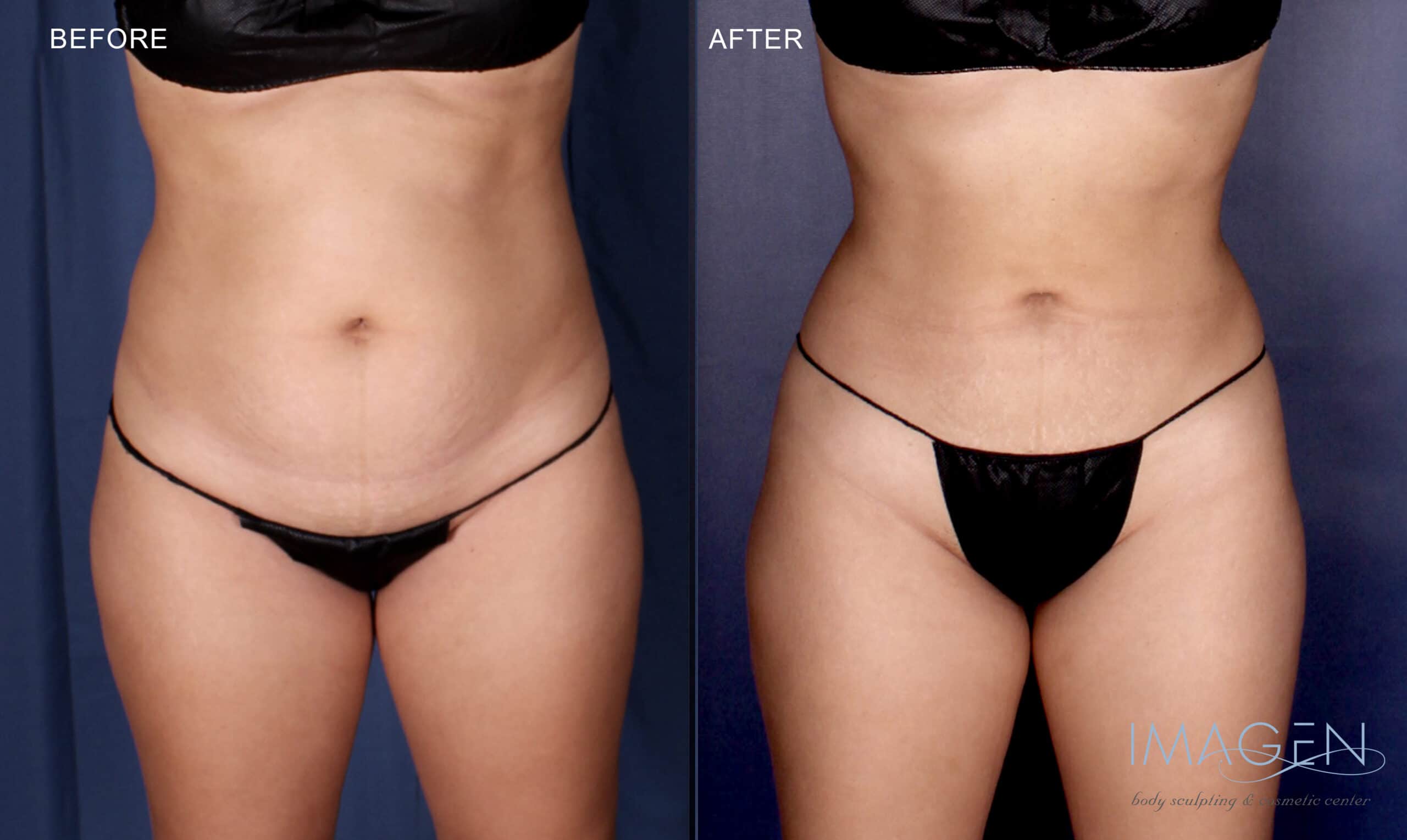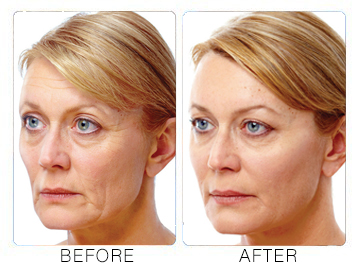
Although cholesterol deposits are not harmful to the eyes, they can cause discomfort. They can also grow in size. The good news about cholesterol deposits is that they don't have to be removed. Dyslipidemia is a condition in which too many lipids are in the blood. This is what most patients who have cholesterol deposits around their eyes have. Learn how you can treat this condition. If you suspect that your eyelids are clogged with cholesterol, here are some steps you can take.
Dyslipidemia can lead to xanthelasma
Dyslipidemia is a condition where the blood has too many fatty substances (lipids) and it is common for xanthelasma. Dyslipidemia can be characterized as high levels of LDL (bad cholesterol), or HDL (good cholesterol). High levels of blood cholesterol are common among xanthelasma patients. High cholesterol levels can lead to inflammation, and other problems.

Xanthelasma in eyes is a condition in which abnormal fat deposits appear in the eyelids. It can be caused by primary or secondary hyperlipemia and in diabetics. This condition is usually marked by yellowish-colored plaques on the inner sides of the lower or upper eyelids. It is usually seen in young people, but it can happen to anyone. If you think you might have xanthelasma, it is best to see a doctor.
Lipoprotein deposits in eyes
Many processes result in lipoprotein deposits. First, these lipids buildup on the cornea. This results in NV and opacification as well as decreased visual acuity. They also form when the underlying cellular structure becomes damaged and is unable to function properly. These conditions can be slow-progressing and may be caused by many factors. There are two main types of LK: idiopathic, which develops spontaneously, and secondary, which results from other conditions. In both cases, lipid deposition is secondary to the underlying systemic disease. Third, lipid accumulation can also be caused by previous eye trauma and other diseases.
The most common type of ocular lipid deposition is corneal arcus, which is caused by the deposition of phospholipid and cholesterol into the peripheral cornea. While it is thought that it is a natural part aging, it may also indicate hyperlipidemia. It should be checked by a doctor to rule out other causes of your eye conditions.
Atherosclerosis can be caused if there are too many lipoproteins
The buildup of cholesterol in the blood vessels can make them more narrow and difficult to use. Because these vessels need to be flexible and malleable, hardening them is detrimental to a person's health. People with dyslipidemia, a condition where there is too much cholesterol in the bloodstream, are more likely to have eyes that are clogged up. Those who develop eye deposits before age 40 should see a physician for a quick screening.

Atherosclerosis can be preceded by an inflammatory response due to fat deposits in the eyes. When a person is not active, lipids build up in their bloodstream. This can lead to xanthelasma which can result in a fatty buildup around the eyes. It can also lead to atherosclerosis. Although there are many possible causes of xanthelasma (xanthelasma), the most common cause is genetic. This condition can be caused when there are certain genetic conditions that increase the levels of cholesterol in the bloodstream. Cholesterol is mainly obtained from meat and dairy foods. Cholesterol is vital for your body's ability build cell membranes, make hormones and help in the digestion fats.